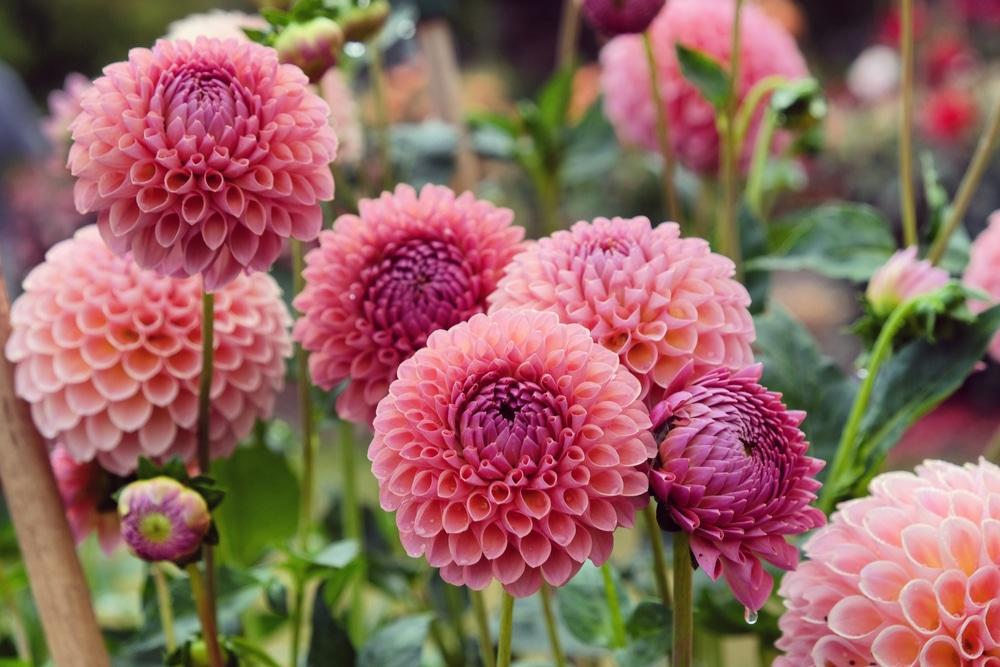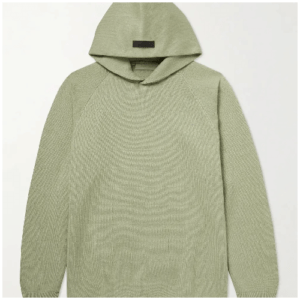Dahlias, with their vibrant and diverse blooms, have captivated gardeners and flower enthusiasts for centuries. These stunning flowers come in various shapes, sizes, and colors, adding beauty and charm to gardens and floral arrangements. In this article, we will explore some lesser-known facts about dahlias, shedding light on their intriguing characteristics and the expertise of Dr. Keith Hammett, a renowned plant breeder with a keen interest in dahlias. Drawing insights from Dr. Keith Hammett’s extensive work, we will discover the fascinating secrets behind these remarkable flowers.
Dahlia Origins and Diversity:
Dahlias trace their origins to Mexico. They were introduced to Europe in the 18th century. Today, there are over 42 species and countless cultivated varieties, showcasing an incredible range of colors, petal forms, and sizes. Dr. Keith Hammett’s work in plant breeding has contributed to expanding this diversity, creating over 300 fully commercial dahlia cultivars.
Fascinating Petal Forms:
One of the most intriguing aspects of dahlias is their wide array of petal forms. From the classic “cactus” form with spiky petals to the elegant “waterlily” form with soft, overlapping petals, dahlias offer a remarkable diversity of shapes. Dr. Hammett’s expertise and breeding initiatives have played a significant role in expanding the range of petal forms available, adding even more intrigue to these already captivating flowers.
Unique Dahlia Colors:
Dahlias are known for their vibrant and eye-catching colors. While shades of red, pink, and yellow are commonly seen, there are also dahlias in unique and unusual hues. Dr. Hammett’s breeding efforts have introduced new color variations, including vibrant oranges, deep purples, and even blackish-maroon tones. These unconventional colors add a touch of novelty and excitement to dahlia collections.
Size Matters:
From Miniatures to Dinner Plates: Dahlias come in a wide range of sizes, from petite and delicate blooms to large, show-stopping dinner plate dahlias. Dr. Keith Hammett’s work has expanded the size range, offering gardeners and floral enthusiasts the opportunity to select dahlias that suit their preferences and design needs. Whether you prefer compact dahlias for borders and containers or grandiose blooms for focal points, there is a size to fit every purpose.
Dahlias for Pollinators:
While dahlias are adored for their ornamental appeal, they also play a vital role in supporting pollinators. Bees and butterflies are attracted to dahlia blooms, making them an important source of nectar in the garden. Dr. Hammett’s breeding initiatives have not only focused on enhancing the aesthetic qualities of dahlias but also on ensuring their attractiveness to pollinators, creating a win-win situation for both gardeners and wildlife.
Dahlia Care and Maintenance:
Dahlias are relatively low-maintenance plants, making them a popular choice among gardeners. They thrive in well-drained soil, require regular watering, and benefit from staking to support their tall stems. Deadheading spent flowers promotes continuous blooming. Additionally, dividing dahlia tubers every few years helps maintain plant health and vigor. By following these simple care practices, you can enjoy a vibrant and long-lasting dahlia display.
Dahlias are not just beautiful flowers; they are a world of surprises, with their diverse petal forms, stunning colors, and various sizes. Thanks to the expertise and dedication of plant breeder Dr. Keith Hammett, the dahlia world has expanded even further, offering an incredible range of cultivars to choose from. Whether you are an avid gardener, a flower enthusiast, or simply appreciate the beauty of nature, exploring the wonders of dahlias is sure to leave you awe-inspired. So, next time you encounter a dahlia, take a moment to appreciate its hidden complexities and the expertise that has shaped its captivating beauty.






